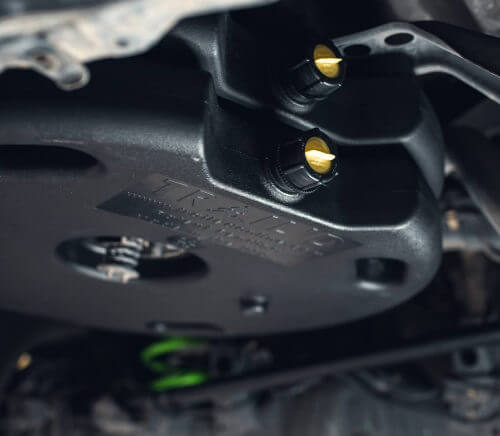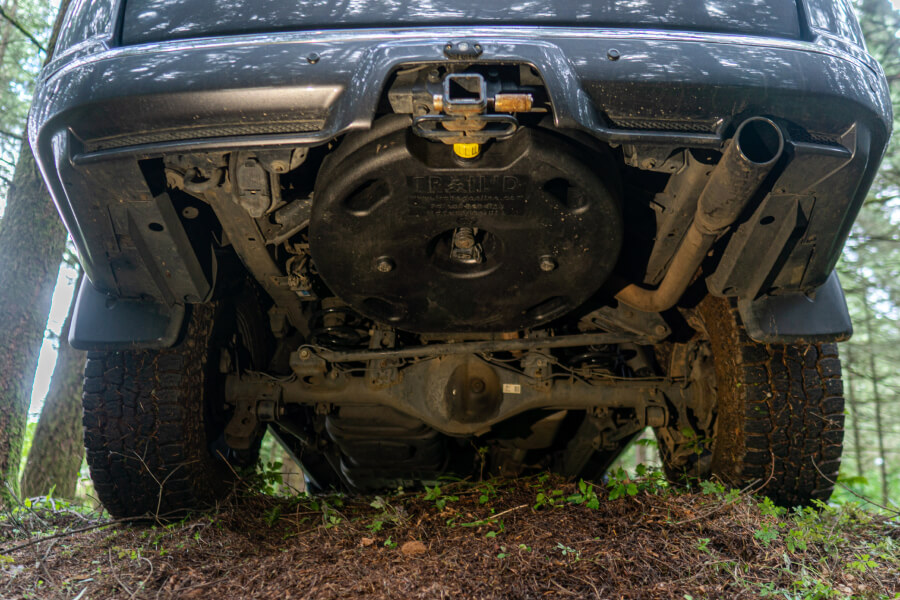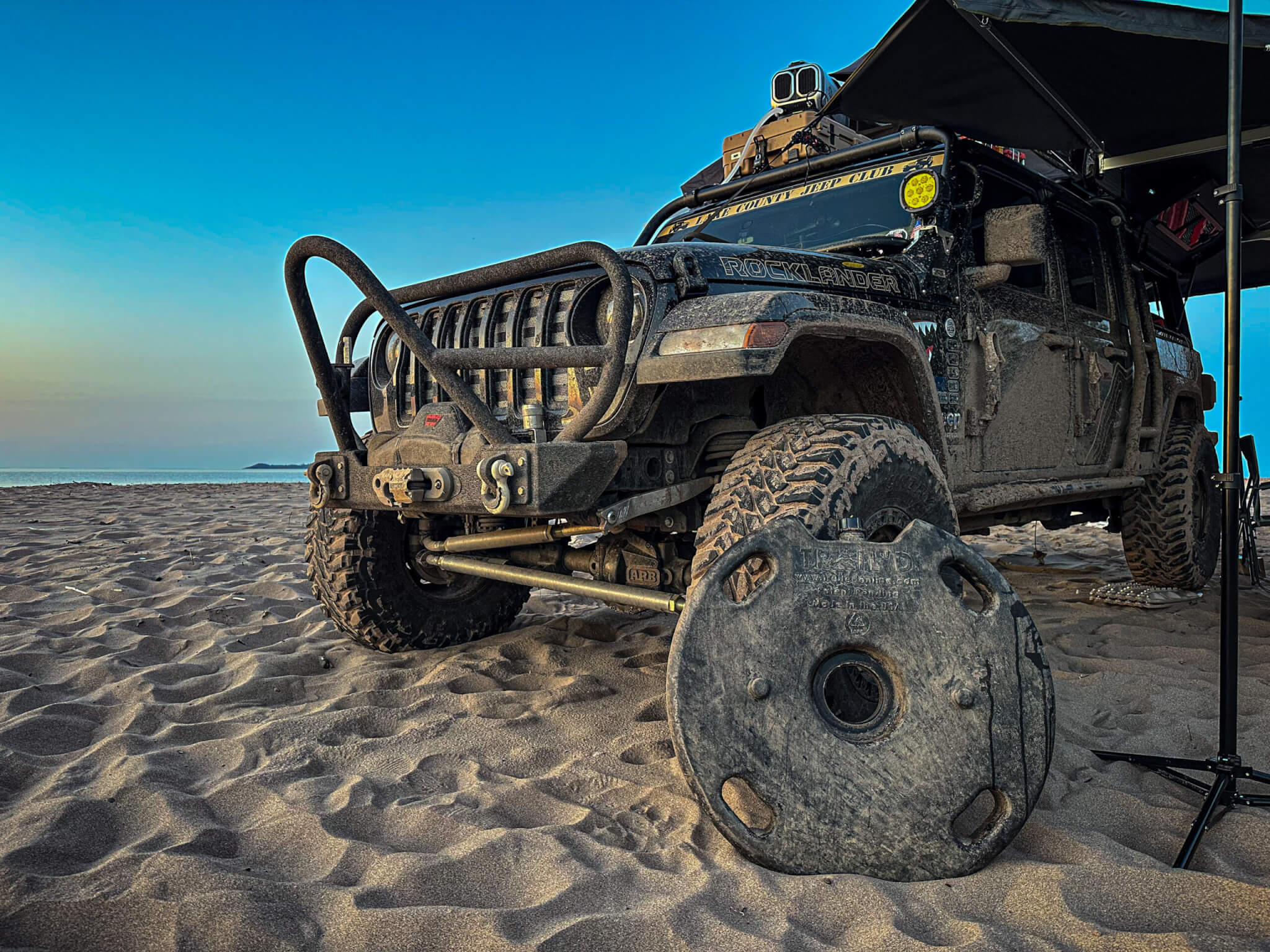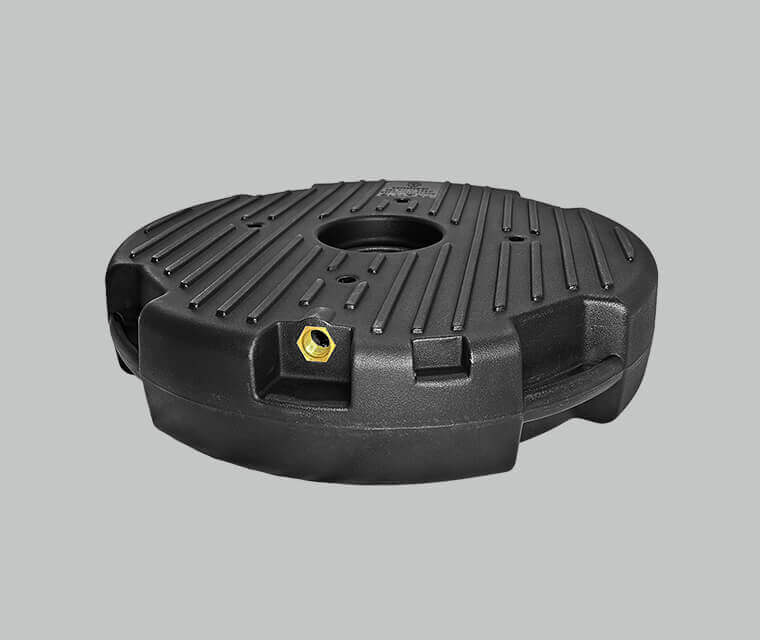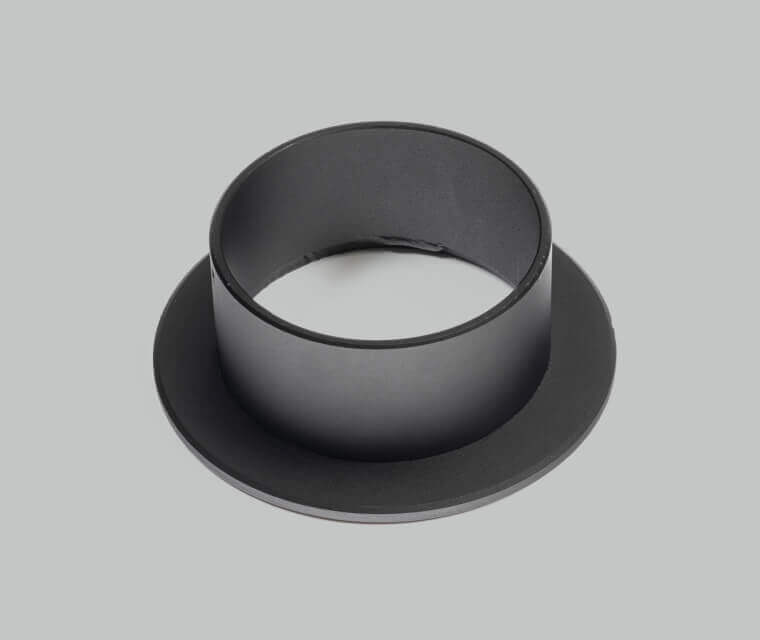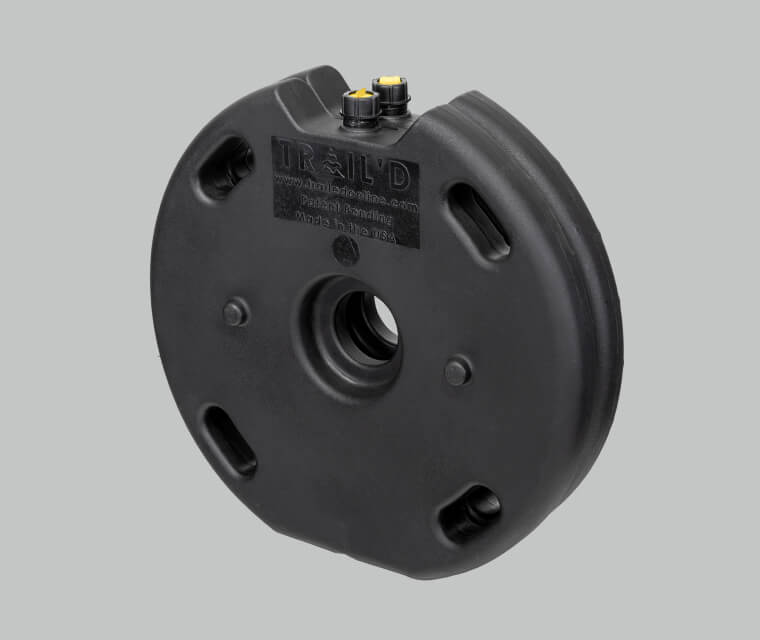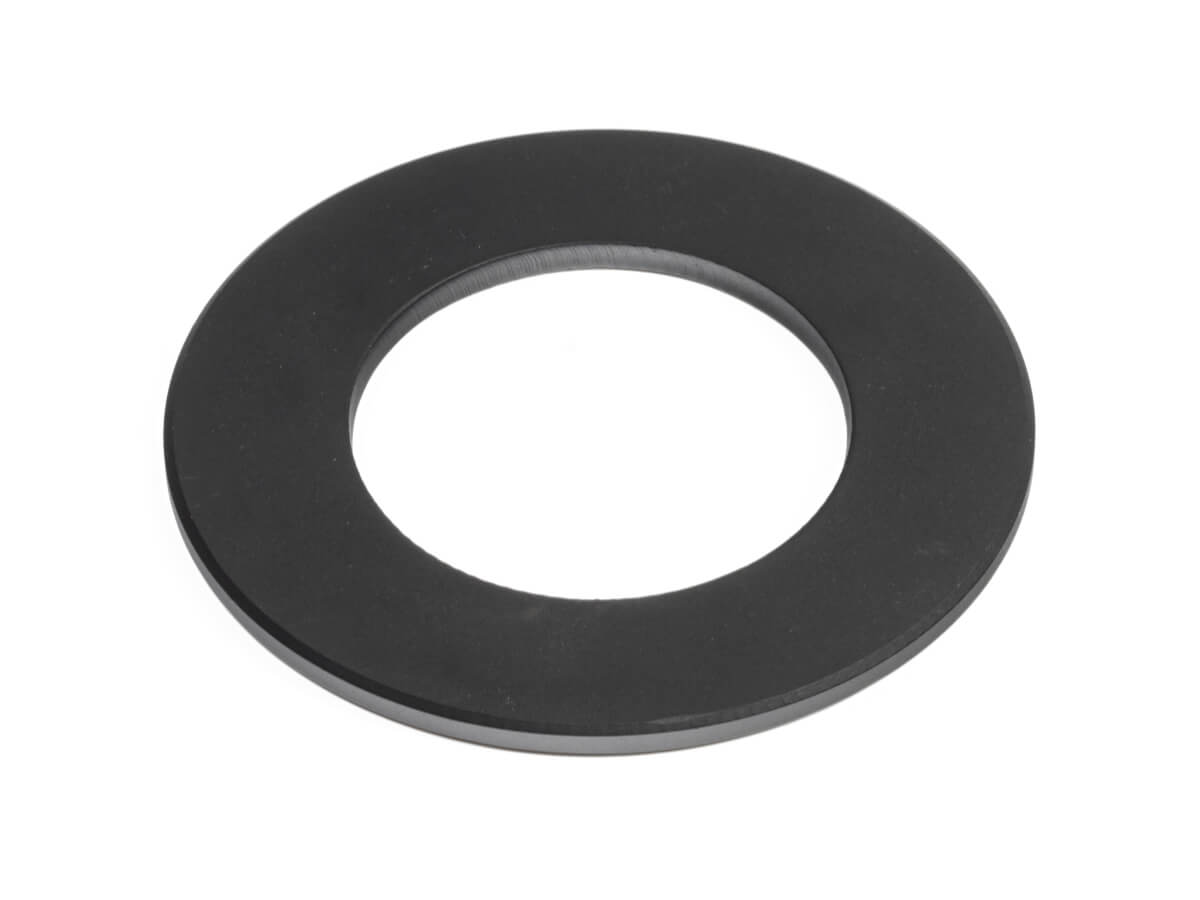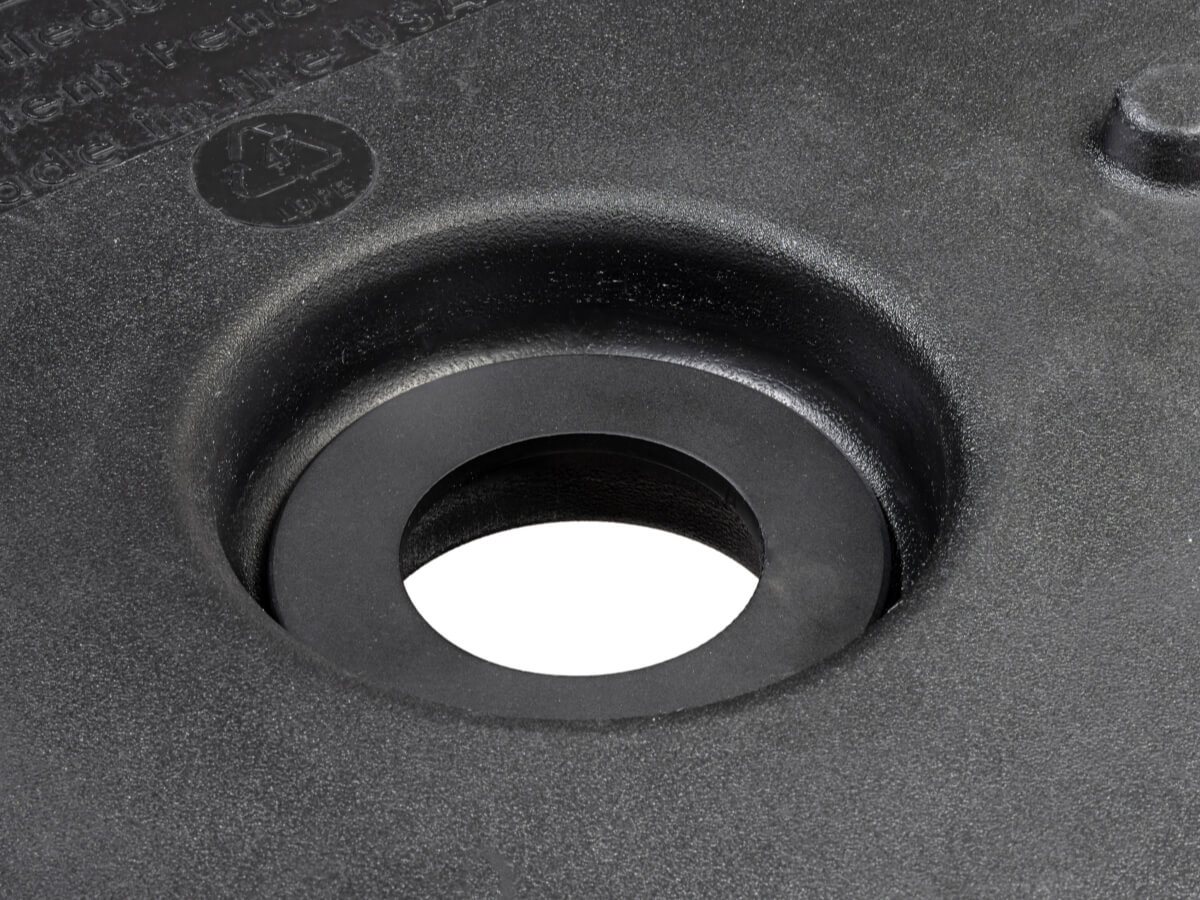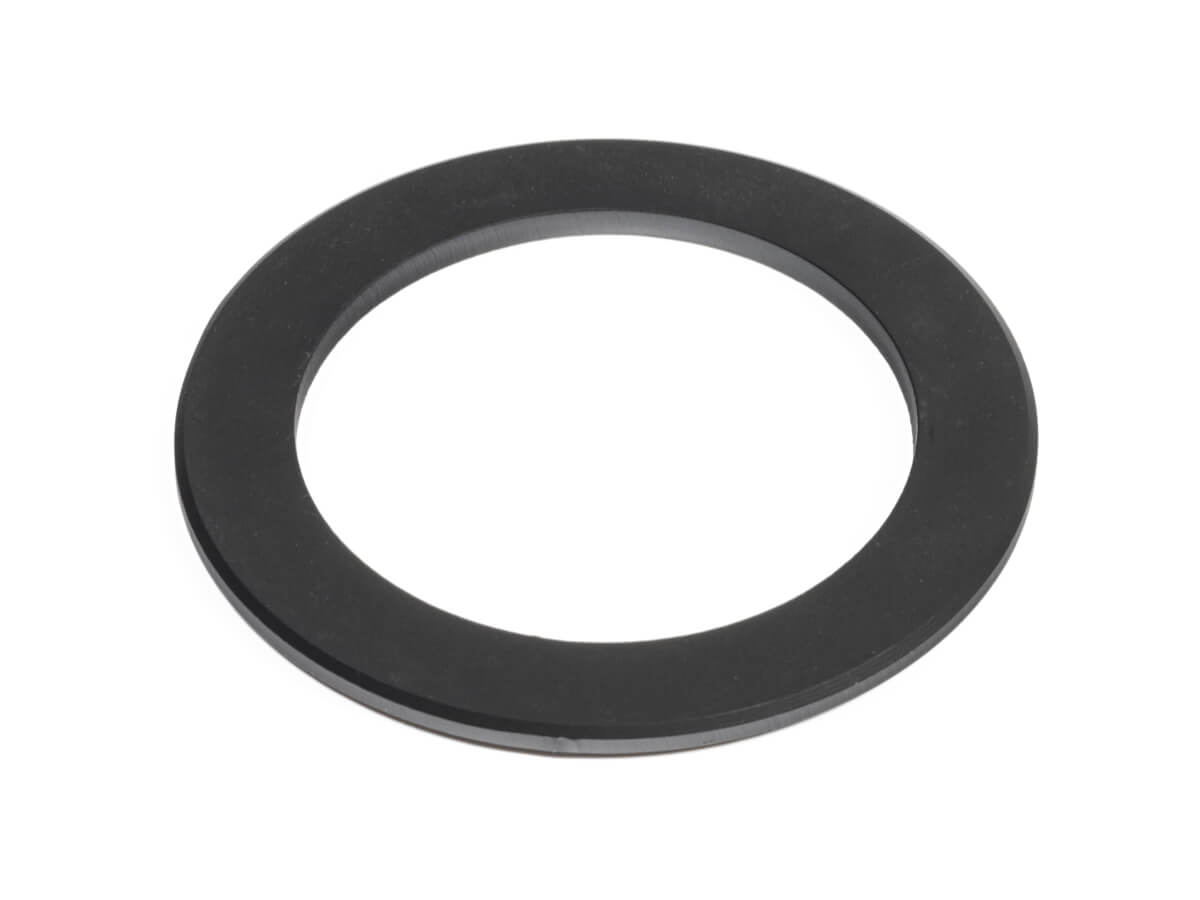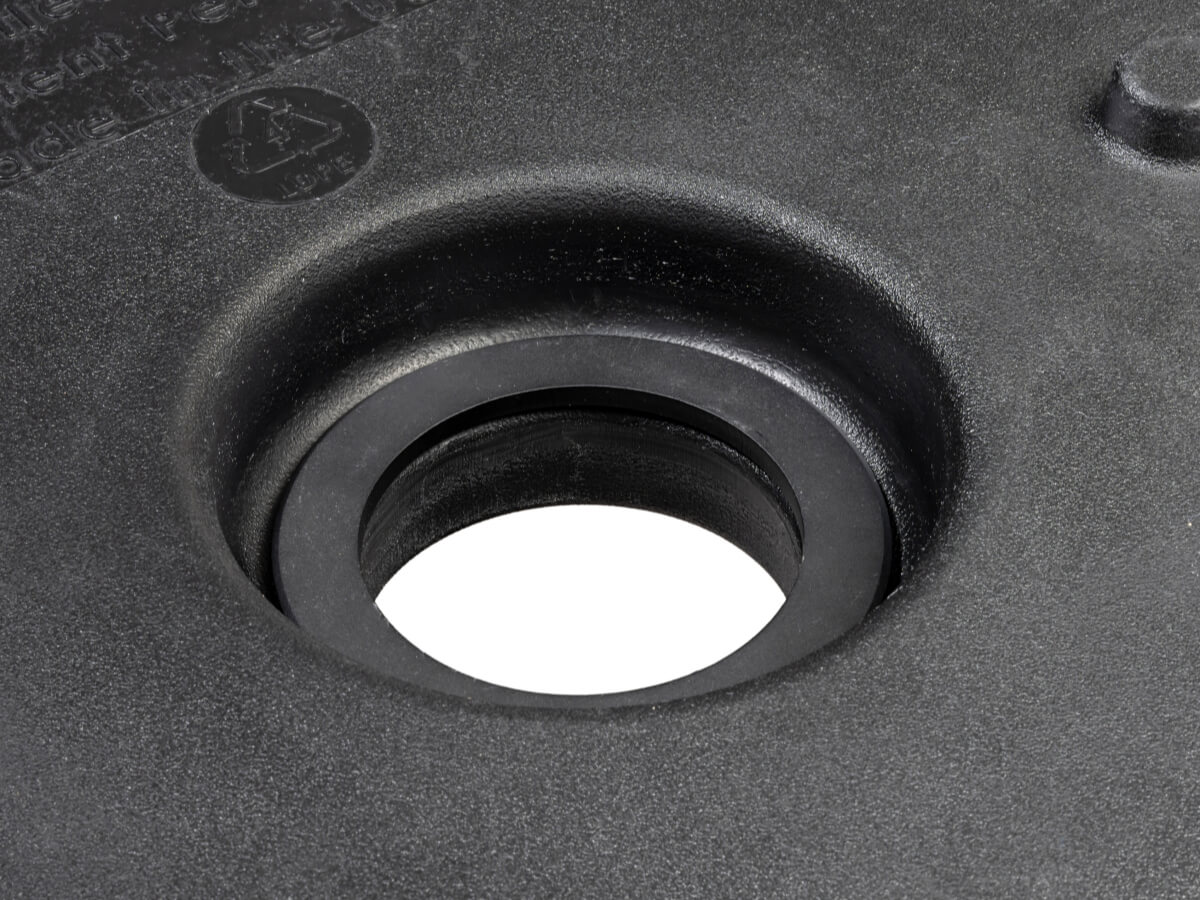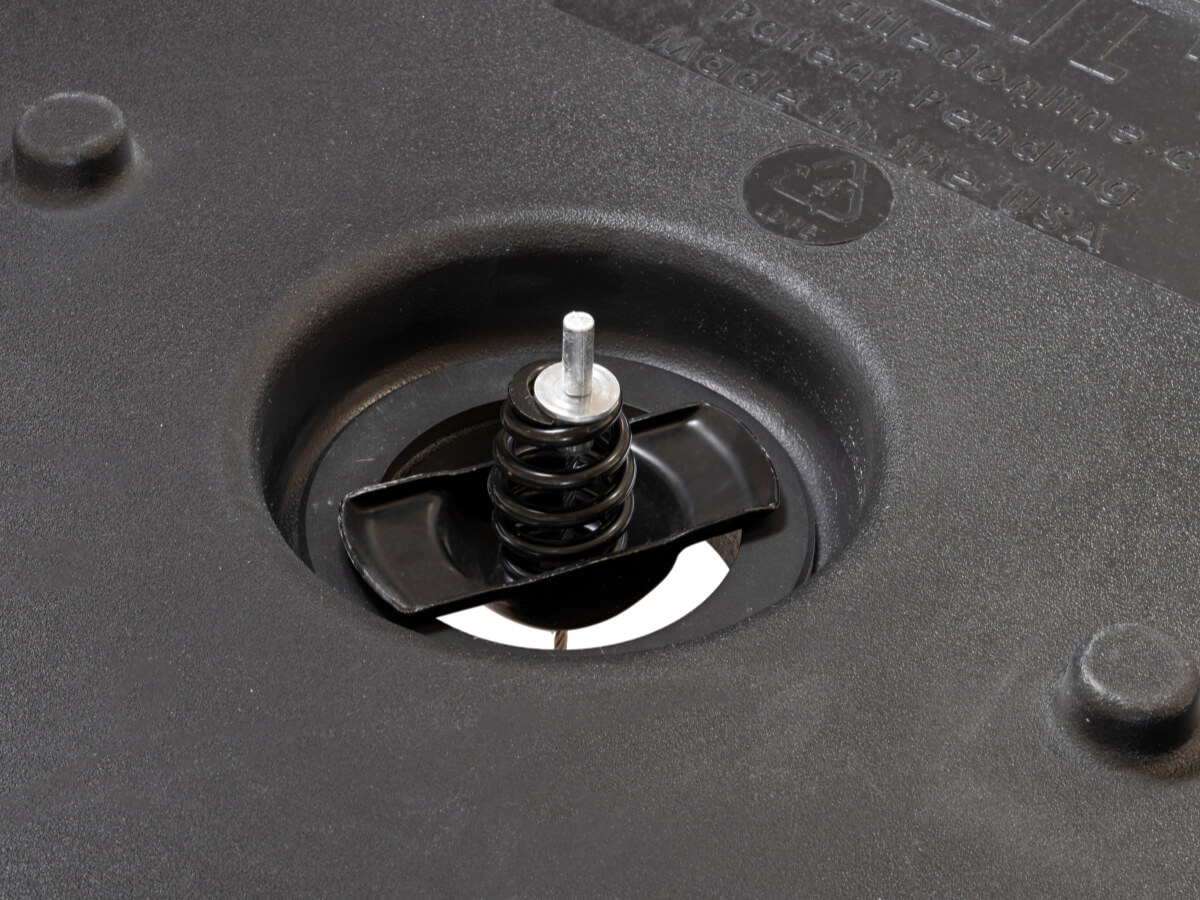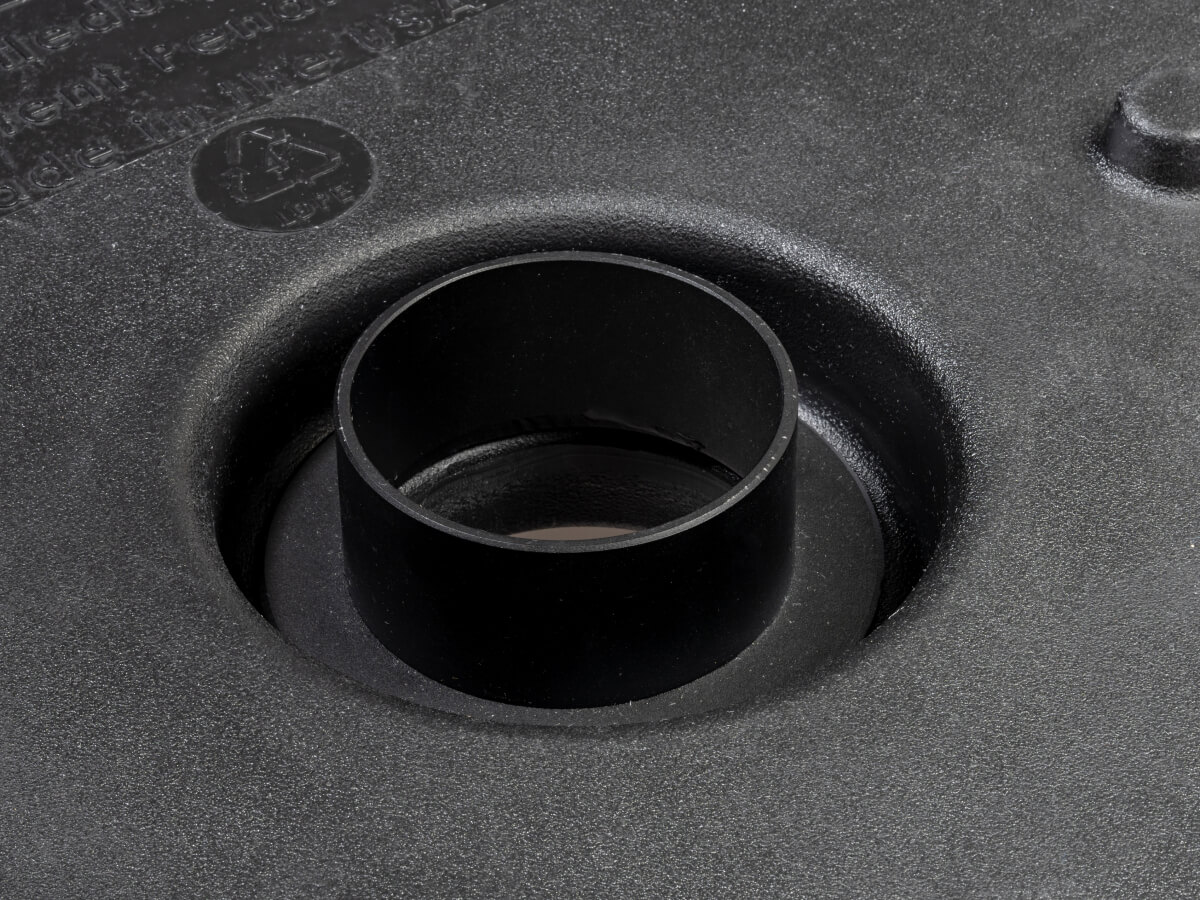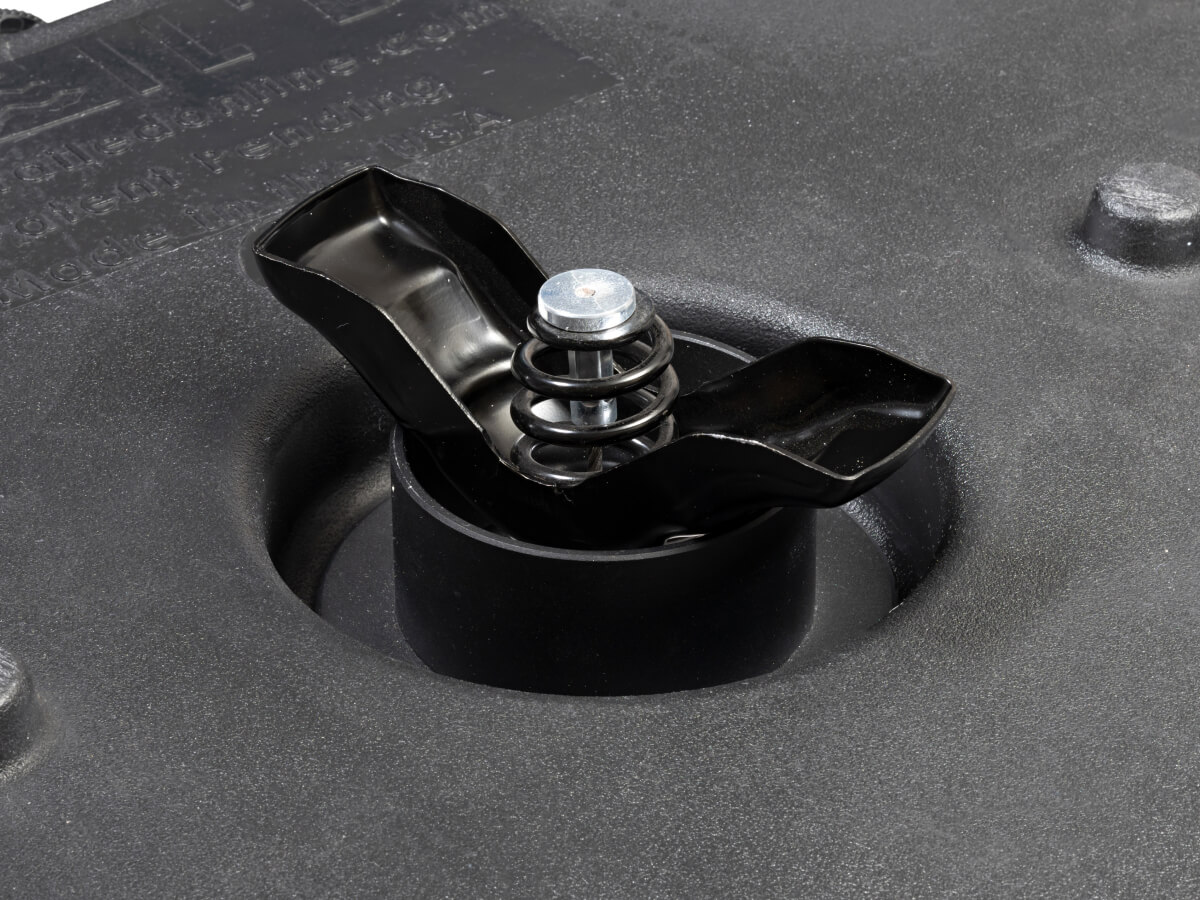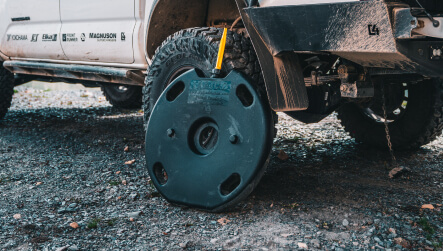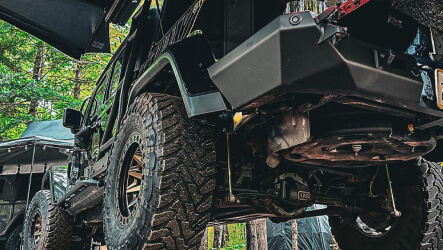In this blog post, we aim to provide a straightforward guide for those in search of a reliable water tank for overlanding excursions. We’ll offer advice on hydration requirements, underscore the importance of water for overcoming potential overlanding challenges, and help you calculate how much water you’ll need on your journey.
In order to assist you in finding the perfect spare tire water tank, we’ll explain how they work, discuss the advantages they offer for overlanding, and delve into the practicality and efficiency of their storage capacity.
We’ll delve into key features to consider when purchasing a spare tire water tank, such as material, capacity, durability, ease of installation, weight, and overall ease of use. Furthermore, we’ll introduce our top recommendation – the Trail’d tank, highlighting why we believe it outperforms other tanks on the market.
The Importance of Hydration During Overlanding:
While it may seem obvious that hydration is crucial during overlanding, it’s surprising how often people underestimate the amount of water they’ll need or neglect to have readily accessible water for emergencies. A person can survive for only three days without water on average, making a reliable and sufficient water source absolutely vital on an overlanding trip, especially if you’re venturing far afield.
Given that you’ll be expending more energy during an overlanding trip, ensuring adequate hydration to maintain energy levels, support proper bodily functions, and prevent heat-related illnesses is essential.
The Role of Water in Food Preparation and Hygiene:
Water also plays a crucial role in cooking and maintaining personal hygiene during an overlanding trip. Whether it’s washing dishes, brushing teeth, or even bathing, water is fundamental to any excursion. As a side note, using a spare tire water tank allows you to extend the use of the tank for these tasks.
The Impact of Different Climates & Terrains:
The terrain and climate of your destination can greatly affect water availability. For example, high-temperature areas will necessitate more water, and sourcing water can be more challenging in remote areas compared to regions with lakes and rivers.
Emergency Situations:
In emergency situations, having a water reserve can be invaluable. Whether your vehicle breaks down or someone falls ill, additional water can provide a crucial safety net.
Storage Considerations:
This is where a spare tire water tank comes in handy. Carrying extra water can quickly consume a lot of space, and you may encounter space limitations and the potential for water containers to leak or break. Spare tire water tanks, like the Trail’d tank, easily install in the spare tire section of the vehicle, offering secure and breakage-resistant storage. This also helps balance the vehicle’s weight, allowing for greater storage without negatively impacting vehicle control.
What to Look for in a Spare Tire Water Tank:
We’ll walk you through what to look for in a spare tire water tank, using the Trail’d tank as an example. The features we considered when designing the tank ensured it would be the best choice for overlanding. These features offer significant advantages in terms of water storage and availability.
Material:
The material from which a tank is constructed is vital. Tanks can be made from various materials, including plastic, metal, or fiberglass, each with its pros and cons. The best tanks are made from food-grade, BPA-free materials, ensuring the water remains safe for consumption. The Trail’d tank, for example, is made from high-quality, BPA-free polyethylene, which ensures durability and guarantees safe water storage for extended periods.
Capacity:
The capacity of the water tank is especially important for extended overlanding trips. Consider the number of travellers and the journey’s length when selecting a tank. The Trail’d tank offers 12 gallons of storage with the Overlander double pack, and you can even increase the capacity to 18 gallons with an extra single pack.
Durability:
Overlanding necessitates durable gear. The Trail’d tank is designed to withstand temperature fluctuations, rough roads, and constant vibrations. Its robust construction and secure fit within the spare tire help reduce damage risks from external impacts.
Ease of Installation:
A user-friendly installation process is also important. The Trail’d tank does not require any special tools or vehicle modifications for installation. It fits into any standard size tire and includes an easy access spout for hassle-free water retrieval.
Weight:
Considering the weight and balance of the water tank is crucial. The Trail’d tank is lightweight when empty, adding minimal weight to your vehicle setup, and its strategic placement ensures vehicle balance.
By ticking all these boxes, we believe the Trail’d tank is the best choice for ensuring a reliable water source during your overlanding trip.
Conclusion:
In conclusion, a spare tire water tank is an essential piece of equipment that offers a practical solution for water carriage during overlanding. By ensuring any tank you choose possesses the above features, you increase your chances of a trouble-free excursion.
Investing in a quality spare tire water tank, like the Trail’d tank, can significantly enhance your overlanding experience, providing a practical, efficient, and durable solution for your water storage needs.
As you prepare for your next adventure, consider adding a spare tire water tank to your gear list. Even though your journey might take you off the beaten path, with the right equipment, you’ll be well-prepared to meet any challenges head-on.
Happy overlanding!
For more information on the Trail’d tank, click here to check out the store page.

